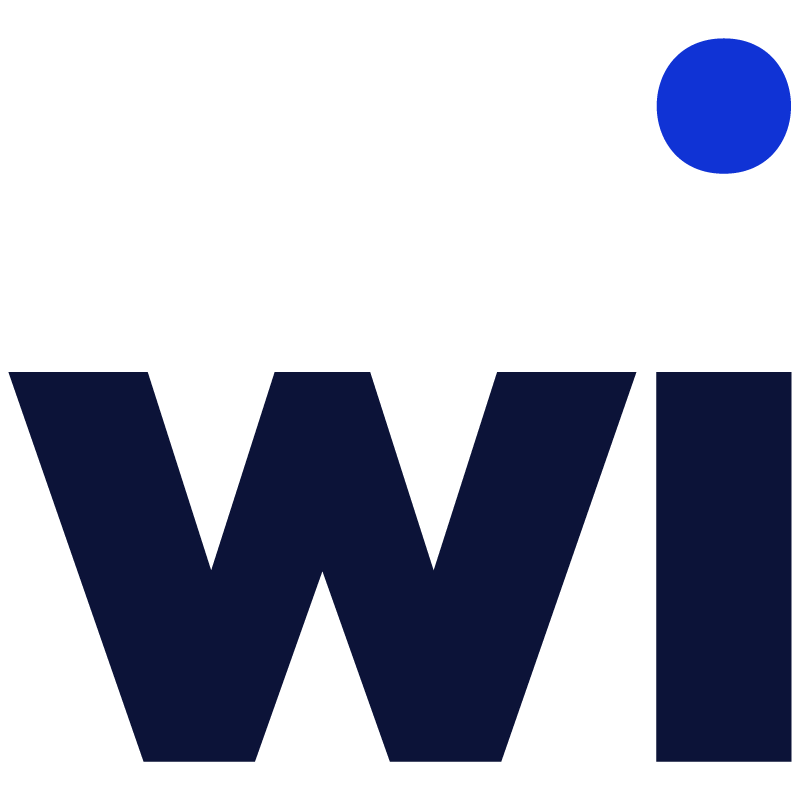Facebook recently released a how-to document titled, Tracking Facebook Ads in Google Analytics. It provides guidance and best practices for using url tagging to track your Facebook advertising efforts in Google Analytics. I recommend you download it!
Tagging urls is important because it allows you to keep your data "neat" within your GA - allowing you to easily segment and analyze visitor behavior by different data sets.
To build (tag) a url, visit Google's URL Builder and use the below example to create your tagged url.
The required variables are Source, Medium and Campaign but additional variables, like term and content can help you further segment by ad name (or type) and by audiences. This additional information can be extremely helpful when optimizing future ads because it gives you a post-click view of how multiple segments of Facebook paid visitors are engaging with your site. This is important because if you find a certain variable such as audience, is outperforming the rest, you can re-allocate budgets to favor ads with this variable and/or use that insight when creating future campaigns.
In addition to using all the tagging variables outlined in the above example to tag and track your Facebook advertising efforts, I would create a custom segment in Google Analytics that parses out your traffic from Facebook advertising.
In the top left of your GA dashboard, you'll see Advanced Segments. Click on it. Then click on + New Custom Segment.

Complete the source and medium information. These fields are case sensitive so if you are tagging urls with a lowercase "f" for Facebook, be sure you do the same in your custom set-up.

This custom segment allows you to easily analyze and report on all Facebook advertising as a channel and can be incredibly useful when diving deep into data shown in the visitor flow, content drilldown, device or behavior reports.
Let me know if you have any questions or if you're doing anything interesting with GA and Facebook that you'd like to share.









